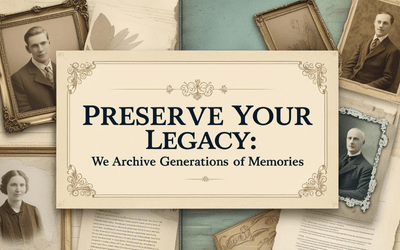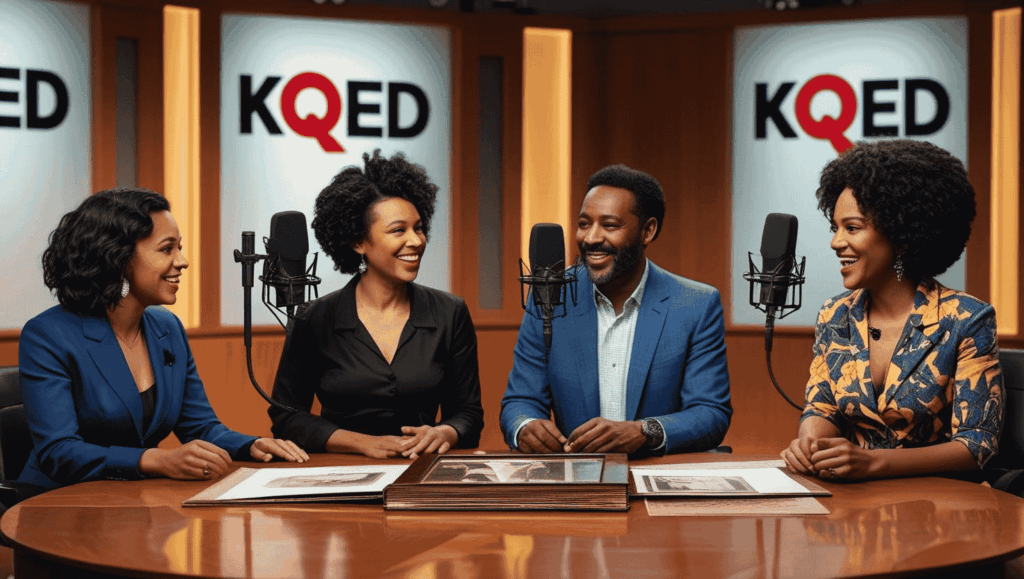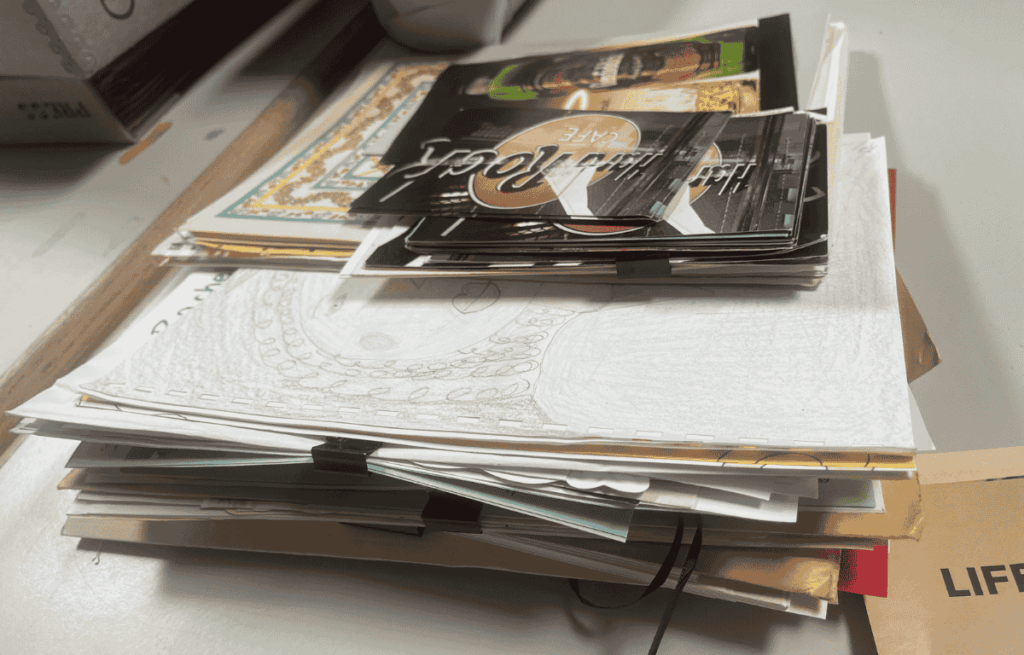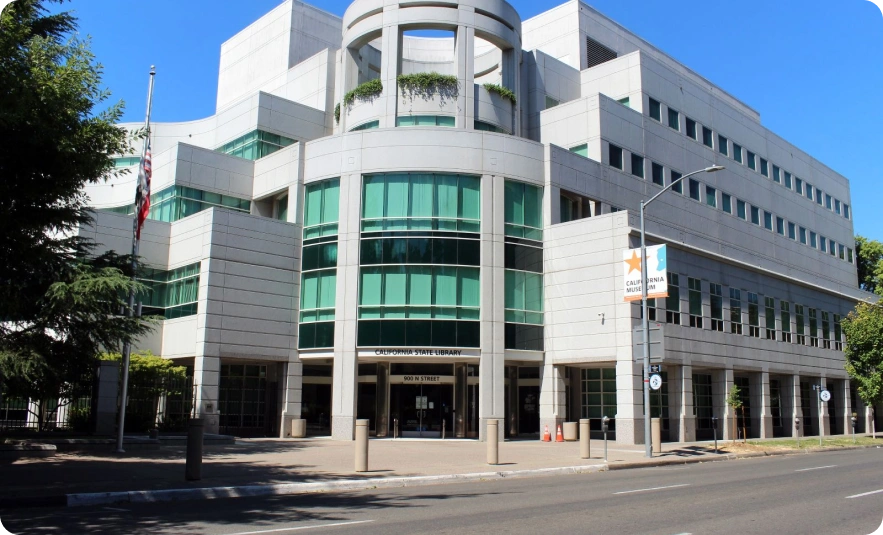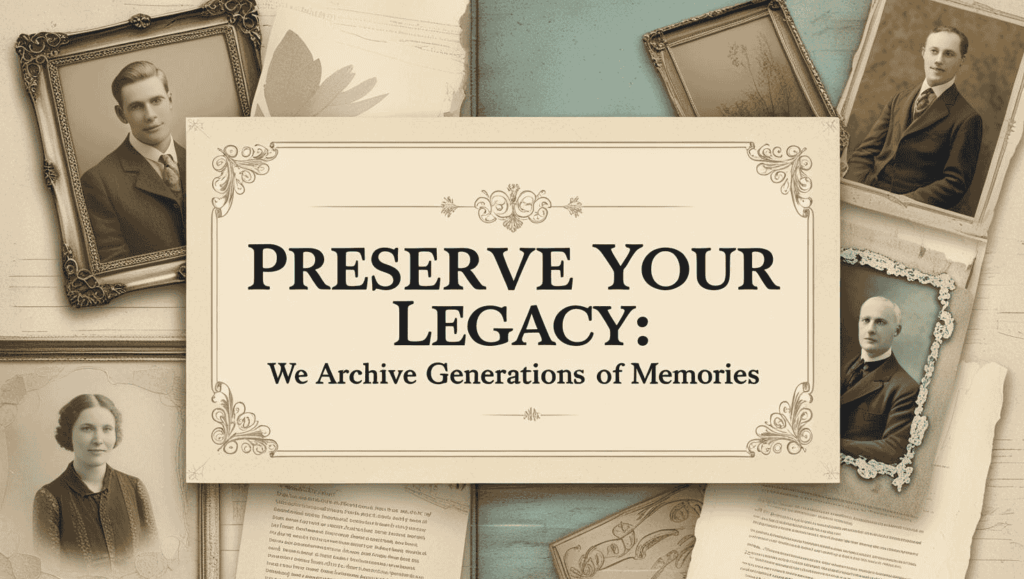Every day, millions of Californians listen to public radio—the soundtrack to commutes, morning coffee, and community life. KQED alone reports ~575,000 average weekly radio listeners and ~2.5 million people reached weekly across platforms. It’s also something more—a living record of the state’s history.
Radio Voices That Hold California Together
Stations like KQED (Bay Area), LAist/KPCC (Los Angeles), and KCRW (Santa Monica) are more than broadcasters; they are California’s storytellers. They capture neighborhood histories, civic debates, cultural milestones, and the everyday voices that define who we are. When these platforms focus on preservation, they don’t just inform—they help set the record for tomorrow.
A KQED Conversation That Resonates
A recent KQED Forum episode, “How to Create a Family Archive,” hosted by Alexis Madrigal with guests Margot Note and Xaviera Simmons, did exactly that.
The discussion highlighted the same mission our team at eRecordsUSA has pursued for over two decades: to protect personal histories so they remain accessible, meaningful, and safe for future generations.
The takeaway is simple—your attic photos, letters, yearbooks, children’s artwork, and closet films are part of California’s story. They deserve care and preservation.
The Fading Memories Problem: Why This Matters Now
The experts on KQED made the stakes clear. Many family treasures live on fragile media that is actively degrading:
- Photos & slides: Colors shift, contrast drops, emulsions age.
- Film reels (8mm/16mm): Stock becomes brittle; projectors are rare and risky to run.
- Video & camcorder tapes (VHS, Hi8, MiniDV): Magnetic media lose signal with time, heat, and humidity; mold can spread quickly.
Digitization is the most reliable long-term safeguard. It stops further loss, creates durable access copies, and protects against fire, flood, or accidental damage. In California, there’s a public pathway that supports this work at scale—California Revealed.
What California Revealed Does and how the public benefits?
California Revealed is a statewide initiative of the California State Library. It supports public libraries, archives, museums, historical societies, and other heritage groups. The program helps them digitize, preserve, and provide online access to materials that document California’s histories, arts, and cultures.
The program also assists organizations that already have digital collections with access and preservation services, along with support for cataloging, community archiving, and K–12 curriculum. Working with local partners helps establish Memory Labs where communities learn practical preservation skills.
Note: California Revealed is not a direct drop-off service for individuals; most organizations engage through their local partner institutions (e.g., library community-archiving days).
How You Can Get Help?
- Institutional path: Ask your local library, archive, or historical society if they partner with California Revealed or host Memory Labs/community archiving events.
- Private path: If you prefer end-to-end help or have a bulk, mixed-media collection, a professional SF Bay Area document scanning company like eRecordsUSA can assist in digitizing your collection for long-term use and easy sharing.
Both paths work toward the same goal—preserving history in formats your family and community can use.
From the owner’s desk (eRecordsUSA): Two Decades in the Trenches
When I listened to KQED Forum’s How to Create a Family Archive, I felt grateful. The guests weren’t just talking about boxes of photos or reels of film—they were talking about families, memory, and responsibility.
That’s what this work is to us. We’ve spent more than twenty years helping people, families, and organizations preserve their legacy, save the things that carry their voice across time.
- The point isn’t the scanner or the software. The fact is that a granddaughter should be able to hear her grandmother laugh, see her handwriting, and know where she comes from. Your business roots started from a garage, or the story of growing pains of a once small business.
- Digitization matters because paper fades, tapes demagnetize, and film becomes brittle. But the deeper reason is access. If the only copy of a story lives in a single album or a single tape, it is at risk, and it is hard to share.
- A careful digital copy lets families look, listen, and pass stories forward without handling the originals. That is how a private moment becomes part of a family’s shared memory.
In practice, that means we work with care.
- A faded photo isn’t “just fixed”—it’s captured faithfully, color-managed, and described so someone can find it later.
- An 8mm reel isn’t “played”—it’s scanned frame by frame, so nothing is lost.
- A stack of case files isn’t “converted”—it’s made searchable, named clearly, and returned with a simple map so relatives can follow the threads.
Whether it’s letters, albums, old letters, postcards, yearbooks, slides, tapes, films, maps, or oversized plans, the goal is the same: respect the original and serve the people who will use it.
I’m proud that our standards hold up in demanding settings. We’ve brought the same approach to public projects—one example is our work with the California State Library (which leads the California Revealed initiative), and we get it to a single shoebox from a closet at home.
Read the case study: California State Library Digitization — eRecordsUSA
The scale changes; the duty does not. A state record and a family keepsake both deserve the same patience, accuracy, and privacy.
What I appreciated most about the episode is that it invited everyone to start—wherever they are. If you have one album, label it and scan a few pages. If you have a closet full of formats, make a simple list and begin with the most fragile. If you need help, ask for it.
The tools matter, but the intention matters more: to keep voices alive, to make them easy to hear, and to pass them on. That is legacy preservation, and it’s the reason I still love this work.
That conviction has to show up in how we handle your originals. From intake to return, here’s how we protect them.
Privacy & custody you can trust
Intake is logged; items are tracked at the box/envelope level. Originals are stored flat or upright as appropriate, handled with gloves, and kept in controlled areas. Chain-of-custody is maintained from receipt to return.
Once your items are logged and secure, we move to the bench work: calibrated capture and archival workflows.
Bringing Museum-Quality Standards to Your Home
We focus on faithful capture and accuracy-calibrated equipment, documented workflows, archival file formats, and checksum validation so nothing is left to chance. These are the same standards we apply to family materials every day.
Your grandmother’s wedding album is as priceless to your family as any museum artifact. Your father’s home movies are as singular as any public record. We treat them that way.
All that rigor should translate into files you can use and share. Here’s exactly what you’ll receive.
What You’ll Receive from Professional Digitization?
-
- Archival masters + access copies: e.g., TIFF/PNG for photos, high rez searchable PDFs for paper, MP4 (H.264/H.265) for video, etc.
- Clear structure & naming: Folders and filenames mapped to people/places/dates when available.
- Useful metadata: Basic description (who/what/when/where), with options for enhanced notes.
- Delivery your way: Encrypted drive, cloud folder, or both—plus a simple guide to share with family.
Don’t Let Your Memories Fade. Start Your Rescue Mission Today
Your family’s story is unique and cannot be replaced. Taking the first step is easier than it seems.
Ready to secure your legacy? Call us at 510.900.8800, or write to [email protected] for a free, no-obligation conversation about your project.
We’ll listen to your story, answer questions, and create a clear, simple plan to protect your family’s history for future generations.
